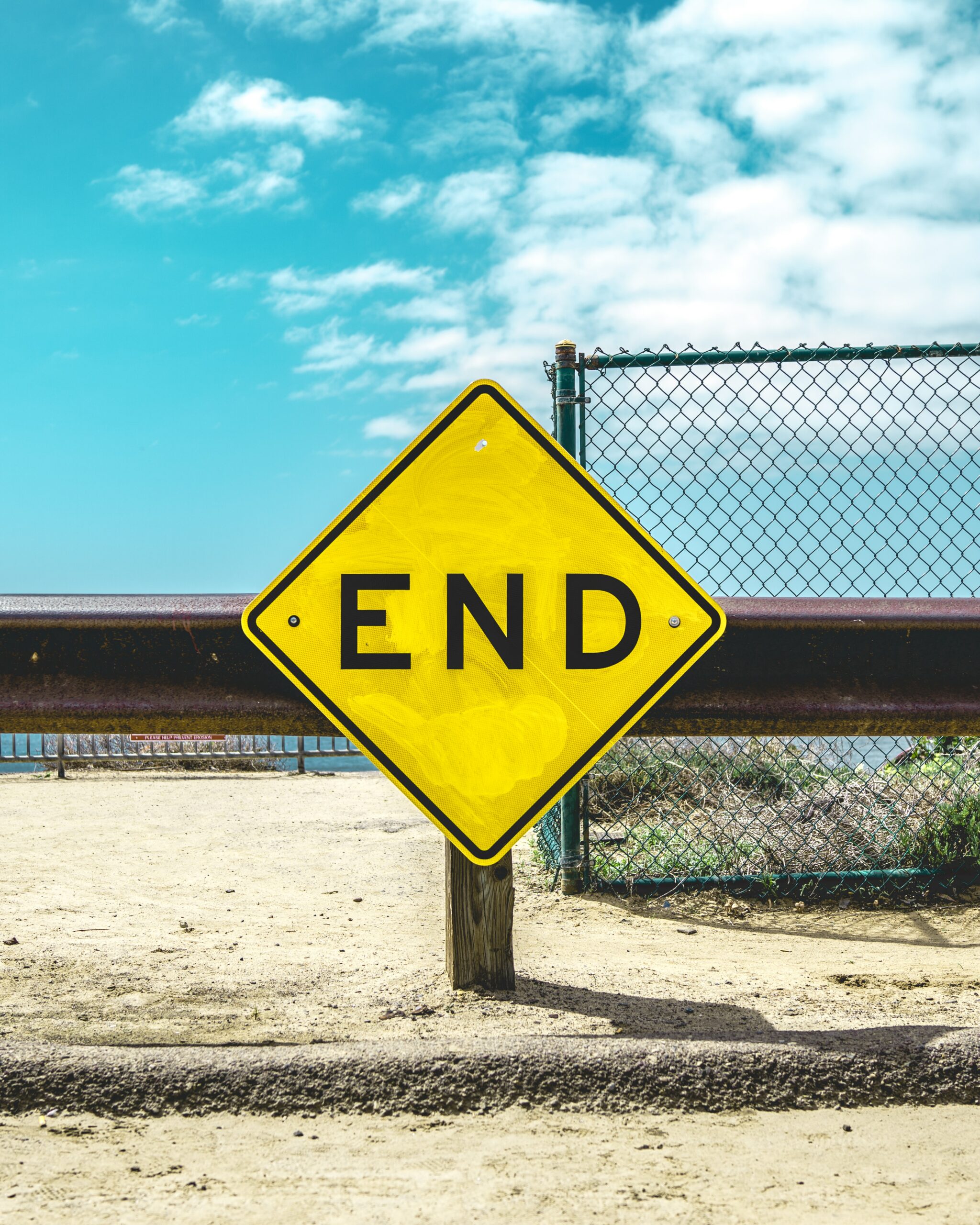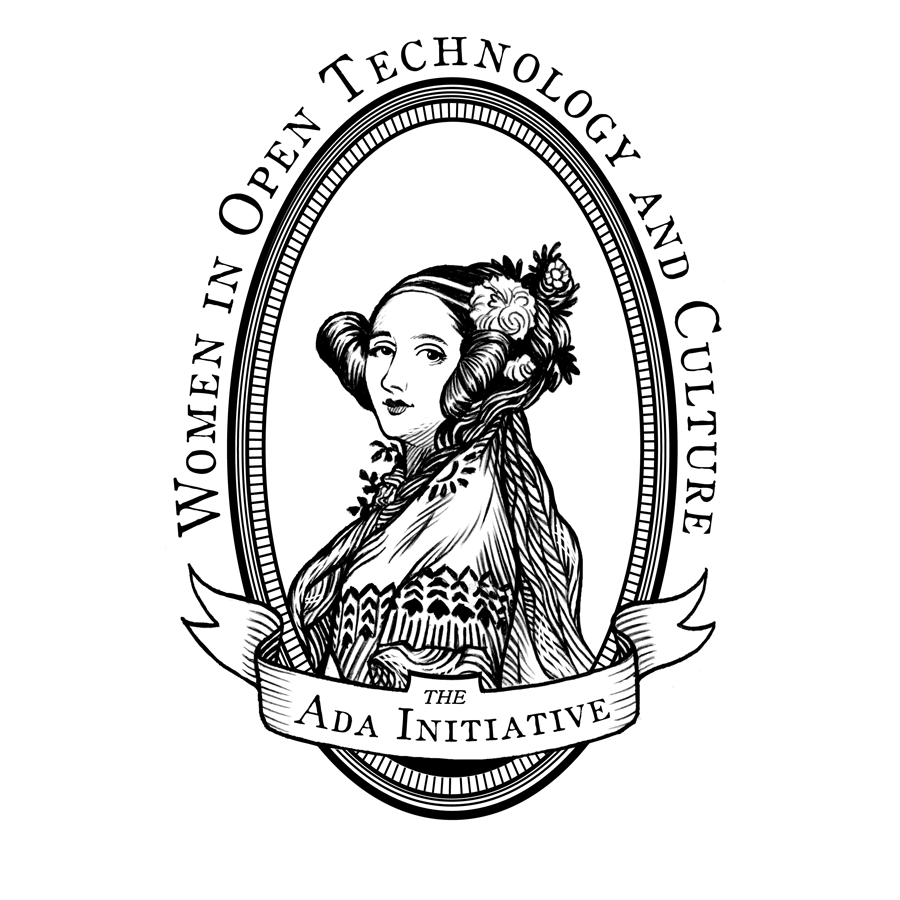Closure consultancy is a very new field; so new, in fact, that we haven’t even agreed on a name for the practice. Some people call themselves organizational development consultants while others are transformational doulas. Whatever the name, the focus is still clear: we want to help you in the sometimes-messy process of closing up shop. Here are some specific areas we can help you think through:
- Communications Support – when you make the decision to close down, you will undoubtedly have a lot of internal and external people to communicate the situation to. Your consultant could help you think about how and when to message the upcoming changes.
- Project Management – there is always a non-trivial amount of paperwork associated with closing down a project or organization — be it closing down bank accounts or dealing with the post office or tax authorities. A good closure consultant can make sure you are thinking through every entity you deal with and how you will close up accounts with them.
- Digital Archiving – What do you want to do with your websites, your digital documentation, and all the email addresses? Will you carry on paying to keep a memorial site up or do you want to work with another organization for ongoing stewardship?
- Physical logistics – Will you need to move out of your office? Get rid of physical assets like desks and chairs? Your closure consultant may be able to help you think through selling or donating anything you will no longer need.
- Emotional Support – Most importantly a closure consultant is someone who has been through closure before and knows how many different emotions it can bring up. They will be there to support you and be a reliable sounding board as you navigate this difficult time.
When Is The Right Time To Bring In Help?
One of the things we in the “closure” space are trying to advocate for is an ongoing awareness of endings. The best thing you can do at any stage of your organization’s development (and most preferably at the beginning!) is familiarize yourself with the Sensing An Ending toolkit. There is very sound guidance there about how to design an organization that is receptive and equipped to have a healthy and conscious ending — even if that ending may be decades or centuries away!
- Early – Even if you are in good financial and organizational strength with no ending in sight, bringing in a closure consultant (like me!) to speak with your organization about the realities of endings and how to be ready for closures is a great way to instill a sense of preparedness and consciousness in your team.
However, if you are starting to get an early sense that things may be winding down, that is also an excellent time to start engaging with someone who can work alongside you to start designing a compassionate and careful closure. - During – If you’ve already started closing down and realize you are in over your head or just need an extra pair of hands, don’t fear! You can still pick up the phone and reach out for help. Accepting overwhelm is a good first step to being receptive to the kind of help a conscious closure consultant can provide.
- After – Even if the closure is complete, it still can be beneficial to sit down with a consultant to make sure there is nothing you forgot and also just to support you as you write your story of what happened and where you want to go next.
Other Professionals You May Need
While bringing in a closure consultant can be a big help in managing all the moving pieces of a closure, they are no substitute for some of the other roles that may be critical to a successful ending. These professionals include:
- HR administrator
- Lawyer
- Tax accountant/bookkeeper
- Moving company
- Webmaster
While no amount of spending on conscious closure can undo mistakes made at the start or throughout the life of an organization, a consultant helping you navigate the choppy waters of organization can help you avoid doing additional harm and walk away feeling proud of all that you accomplished during the life of your organization.
If you are interested in how The Wind Down can help, contact us!
(this article is inspired by Why You Should Consider a Death Doula, a LifeHacker article by Anna Lee Beyer)







